Heat Transfer Blog Posts
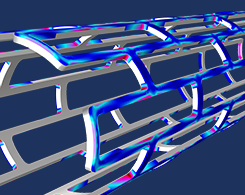
8 Uses of COMSOL Multiphysics® in the Biomedical Industry
Read about 8 real-world examples of how engineers and researchers in the biomedical industry are using simulation to advance their innovative designs.
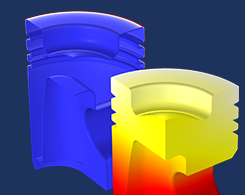
Efficient Meshing Strategies for 3D Inductive Heating Models
Interested in some efficient meshing strategies for 3D inductive heating models? In this blog post, we demonstrate how to partition a mesh based upon the element type.

The Science Behind Cooking Caramel
Whether you’re adding it to brownies, crème brûlée, or an ice cream sundae, cooking caramel is a precarious task: One wrong move and it could burn and taste bitter or recrystallize and harden.
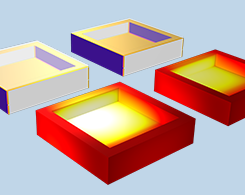
Which Radiation Interface Should I Use for My Heat Transfer Model?
Compared to the mechanisms of heat transfer by conduction and convection, heat transfer by radiation has unique characteristics. How should you account for radiation in your heat transfer models?
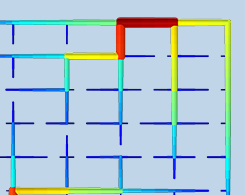
Designing District Heating Networks Using Topology Optimization
District heating networks help power plants reach high efficiencies by utilizing cogeneration, which is especially helpful in the winter. How does topology optimization fit in? Keep reading…
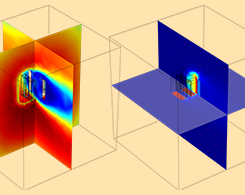
Designing Inductors with a Simulation App at Bombardier Transportation
Every day, 500 million passengers in 200 cities and 60 countries ride a train featuring Bombardier Transportation products. See how apps help speed up the design process for a train component…
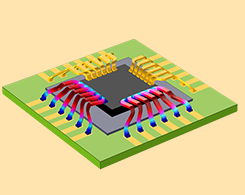
Course: Modeling Joule Heating with Thermal Expansion
Get an overview of the course on Joule heating and thermal expansion. Plus, access supporting material.

Introducing the Porous Media Flow Module
From multiphase transport and non-Darcian flow to local thermal equilibrium and nonequilibrium, we discuss the advanced porous media flow modeling you can do with the Porous Media Flow Module.
